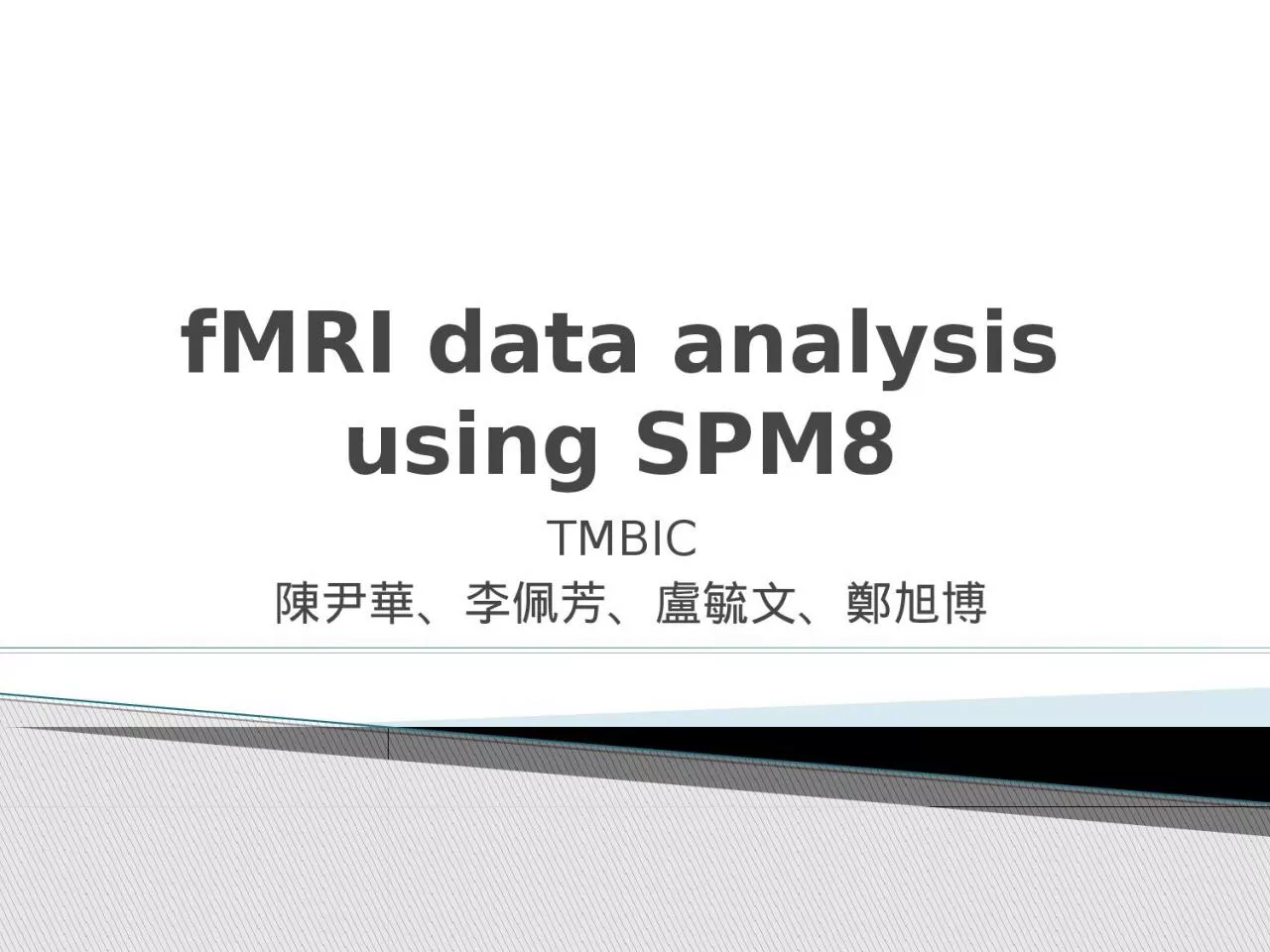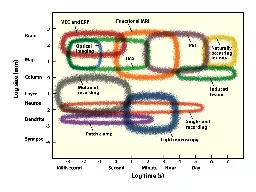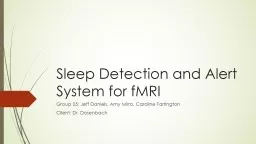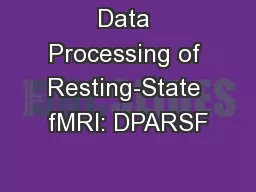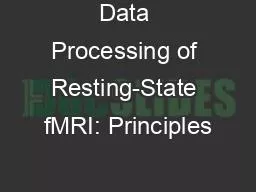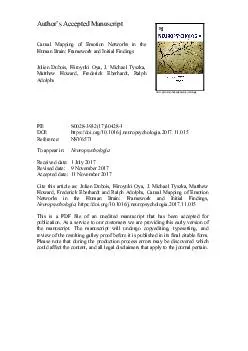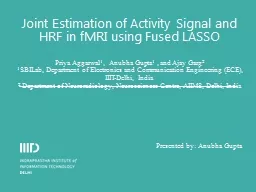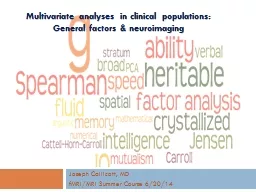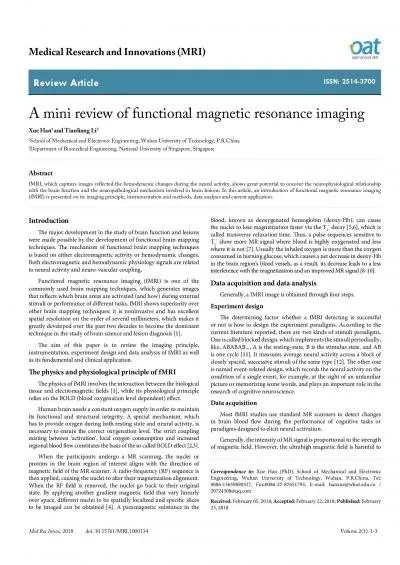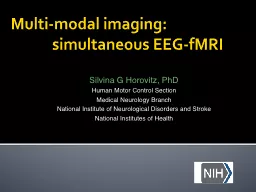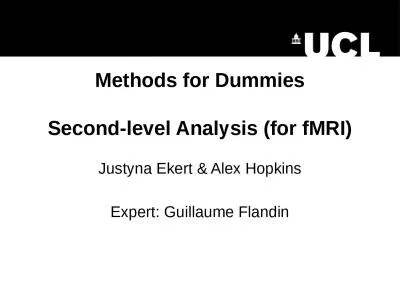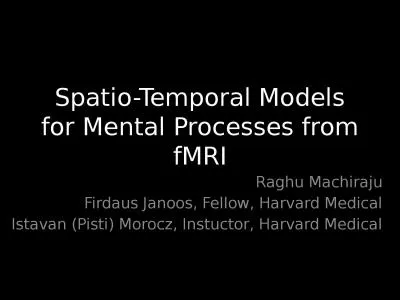PPT-fMRI data analysis using SPM8
Author : obrien | Published Date : 2024-03-13
TMBIC 陳尹華 李佩芳 盧毓文鄭旭博 Data arrangement Folders no Chinese no space Demo experiment Slice timing temporal adjustment of images sampling
Presentation Embed Code
Download Presentation
Download Presentation The PPT/PDF document "fMRI data analysis using SPM8" is the property of its rightful owner. Permission is granted to download and print the materials on this website for personal, non-commercial use only, and to display it on your personal computer provided you do not modify the materials and that you retain all copyright notices contained in the materials. By downloading content from our website, you accept the terms of this agreement.
fMRI data analysis using SPM8: Transcript
Download Rules Of Document
"fMRI data analysis using SPM8"The content belongs to its owner. You may download and print it for personal use, without modification, and keep all copyright notices. By downloading, you agree to these terms.
Related Documents

